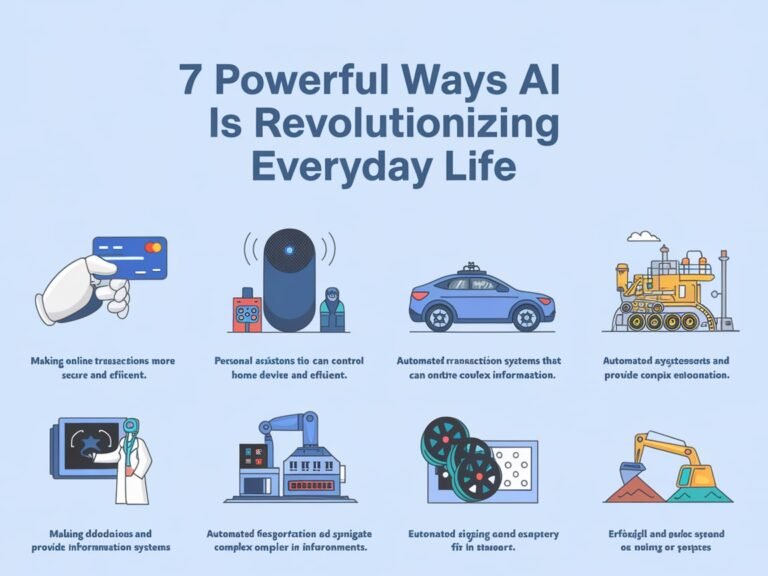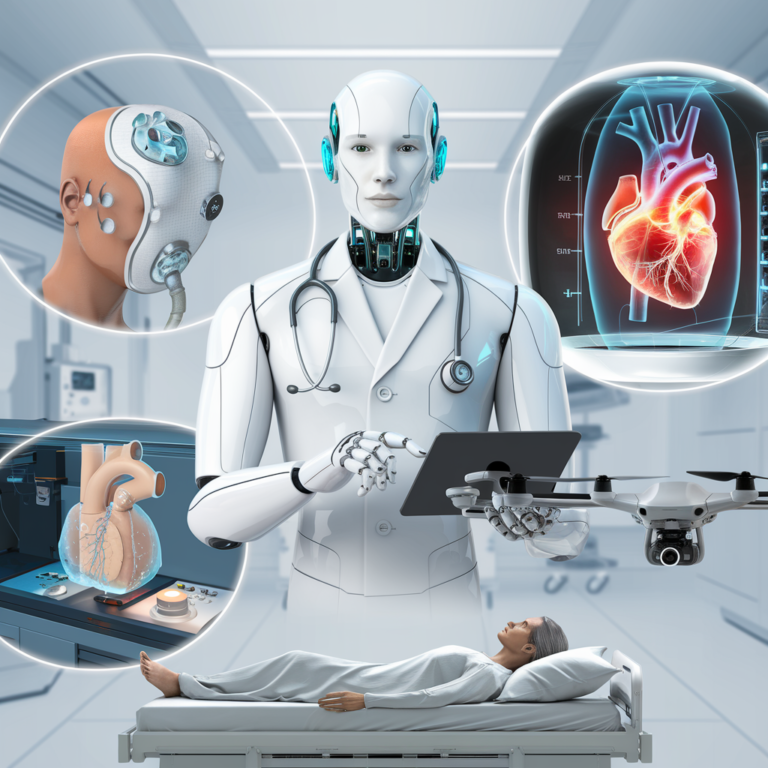
"Discover the revolutionary impact of stem cells on modern medicine, from healing damaged tissues to offering hope for incurable diseases."
Meta Description:
Explore the powerful role of stem cells in modern medicine. Learn how stem cell therapies are revolutionizing treatment for conditions like cancer, neurological diseases, and organ repair.
Introduction
Stem cells, often referred to as the body’s “master cells,” have become one of the most exciting areas of research in modern medicine. These cells have the unique ability to develop into many different types of cells in the body, making them invaluable in treating a variety of medical conditions. From repairing damaged tissues to providing new treatment avenues for previously untreatable diseases, stem cell therapies have the potential to revolutionize healthcare as we know it.
In this article, we’ll explore the science of stem cells, their different types, and how they are currently being used to treat a wide range of health conditions. Additionally, we’ll discuss the potential of stem cells for the future of regenerative medicine and healing.
What Are Stem Cells?

Stem cells are unique because they have the potential to differentiate into specialized cell types, such as muscle cells, brain cells, or blood cells. There are two main types of stem cells: embryonic stem cells and adult stem cells.
- Embryonic Stem Cells: These cells are derived from embryos and have the greatest potential for differentiation, meaning they can develop into almost any cell type in the body.
- Adult Stem Cells (Somatic Stem Cells): These cells are found in various tissues, such as bone marrow, and can regenerate specific types of cells related to the tissue they are found in. They have a more limited ability to differentiate compared to embryonic stem cells but are still useful in medical treatments.
Stem cells are also found in induced pluripotent stem cells (iPSCs), which are adult cells reprogrammed to behave like embryonic stem cells. This exciting development has expanded the possibilities of stem cell therapies without the ethical concerns associated with using embryos.
5 Ways Stem Cells Are Revolutionizing Modern Medicine

1. Regenerative Medicine: Healing Damaged Tissues
One of the most promising applications of stem cells is in regenerative medicine, where they are used to repair damaged tissues or organs. For example, stem cells can be used to treat heart disease by regenerating heart tissue after a heart attack. Similarly, stem cells have shown promise in repairing cartilage in joints, offering new hope for patients suffering from arthritis or other degenerative joint diseases.
2. Treatment of Blood Disorders
Stem cells are already being used to treat blood-related diseases such as leukemia, lymphoma, and sickle cell anemia. Stem cell transplants (also known as bone marrow transplants) can replace damaged or diseased blood cells with healthy ones, potentially saving the lives of patients with blood cancers or blood disorders. Advances in gene therapy also aim to enhance the effectiveness of stem cell treatments for these conditions.
3. Neurological Diseases: Potential for Brain Repair
Neurological diseases like Parkinson’s disease, Alzheimer’s disease, and multiple sclerosis often result in the loss of brain cells, leading to cognitive and motor impairments. Stem cell therapy holds promise for replacing damaged neurons and restoring brain function. Early-stage research in animal models has shown that stem cells can potentially regenerate brain tissue, offering new hope for conditions that currently have no cure.
4. Personalized Medicine and Disease Modeling
Stem cells also enable the development of personalized treatments. By creating patient-specific stem cells, doctors can better understand how an individual’s body responds to various treatments. This approach could lead to more precise and effective therapies, reducing the trial-and-error method often used in drug development. Additionally, stem cells are being used to create disease models that allow scientists to study the progression of diseases in the lab, providing new insights for drug discovery.
5. Organ Regeneration: A New Era of Transplants
The shortage of organs for transplantation is a global health crisis. Stem cells offer a potential solution by growing new organs in the lab. While this technology is still in its infancy, scientists have made significant strides in growing functional tissues like kidneys, livers, and hearts from stem cells. In the future, stem cells could potentially be used to grow entire organs, reducing the need for organ donors and eliminating the risk of organ rejection since the organs would be grown from the patient’s own cells.
Challenges and Ethical Considerations
While the potential of stem cells in medicine is immense, there are still several challenges and ethical considerations to address. The use of embryonic stem cells has raised ethical concerns, particularly regarding the destruction of embryos. However, advances in iPSC technology have alleviated some of these concerns by creating pluripotent stem cells without the need for embryos.
Other challenges include ensuring the safety and effectiveness of stem cell treatments. Because stem cells can differentiate into various cell types, there is a risk of unintended cell growth or tumor formation. Researchers are working diligently to address these risks and develop safe, effective therapies.
The Future of Stem Cell Therapy

The future of stem cell therapy looks incredibly promising. With ongoing research, it’s likely that stem cells will continue to evolve as a powerful tool in treating an ever-growing list of diseases and injuries. From repairing damaged tissues to providing personalized treatments, stem cells are opening new frontiers in medicine. As technology advances and clinical trials progress, we may one day witness the widespread use of stem cells in routine medical care.
Conclusion
Stem cells are one of the most exciting developments in modern medicine. Their potential to regenerate damaged tissues, treat serious diseases, and even grow entire organs offers a new world of possibilities for healthcare. While challenges remain, the ongoing research in stem cell science is providing hope for many patients, paving the way for a future where conditions once considered untreatable can be cured or managed.
As science continues to unlock the power of stem cells, we stand on the brink of a medical revolution that could change the face of healthcare forever.
Frequently Asked Questions (FAQs)
1. Are stem cell treatments safe?
Stem cell treatments are generally safe, but like all medical treatments, they carry risks. It is important for patients to undergo stem cell therapy under the supervision of experienced medical professionals to ensure safety.
2. Can stem cells cure diseases like cancer?
Stem cells have shown promise in treating blood cancers through bone marrow transplants. However, more research is needed to determine their potential to treat other forms of cancer.
3. Are there any ethical concerns with using stem cells?
Ethical concerns regarding the use of embryonic stem cells have been addressed with the development of induced pluripotent stem cells (iPSCs), which do not require embryos. Nonetheless, ongoing ethical discussions surround the field.
4. How long will it take for stem cell therapies to become mainstream?
While stem cell therapies have already been used in clinical settings, many stem cell treatments are still in the experimental phase. It may take several years or decades for these therapies to become widely available and accessible.
Additional Resources:
- National Institute of Health – Stem Cell Research
- American Stem Cell Foundation
- Stem Cell Research at the Mayo Clinic
This article covers the science behind stem cells and their revolutionary impact on modern medicine. It explores how stem cell therapies are changing the future of treatment and offers a glimpse into the promising applications of stem cells for a wide variety of diseases and conditions.






